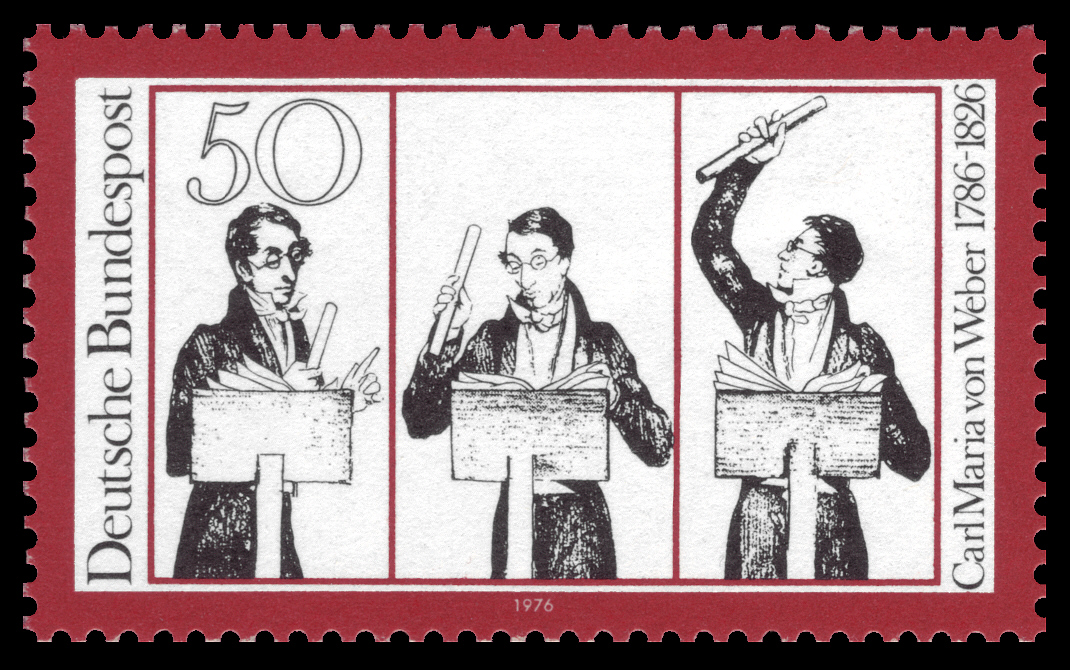This short overture and its accompanying march have an unusual history. The theme, first introduced by the piccolo, is based on a Chinese tune first noted by Jean-Jacques Rousseau in his Dictionnaire de Musique in 1768. Described as an “Air Chinois,” the tune was brought to France from China in the 18th century by a French missionary.
The Turandot story itself was derived from Central Asian/Persian sources; it involves a prince who travels to China, falls in love with the Emperor’s daughter, solves deadly riddles to win her, and (after much travail) weds her in the end. The story has been used by (among others) Carlo Gozzi, an Italian 18th-century playwright, and most famously, Puccini in his 20th century opera.
In 1804 the noted German author Schiller translated Gozzi’s text into German. For the 1809 premiere, Weber wrote an overture and six related pieces as incidental music, with a unifying theme based on the “Air Chinois.” The overture develops the basic theme by exploring different harmonic and orchestral combinations, and features all sections of the orchestra.
Overture and March from "Turandot"
Op. 37
Composed in 1804-1809
By Carl Maria von Weber






